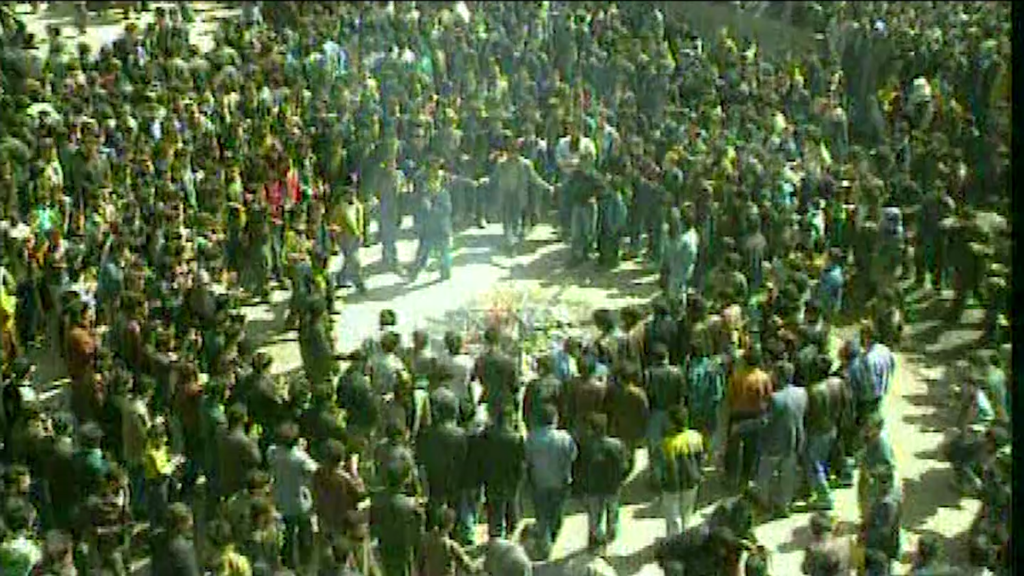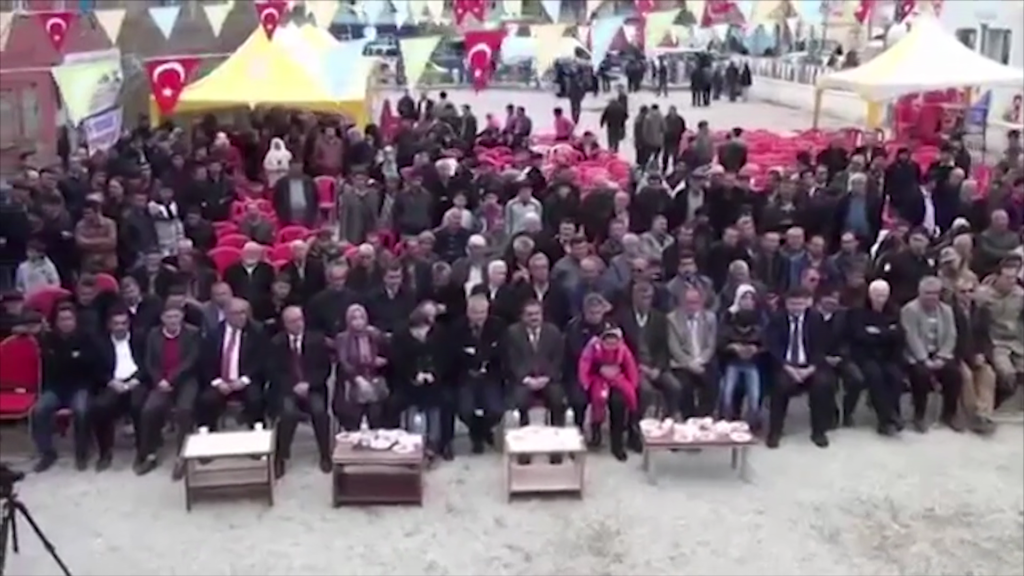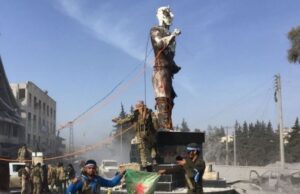The traditional Kurdish festival Newroz, which marks the springtime awakening of nature, symbolises the resurrection. However, Newroz, which has become an integral part of the Kurdish national identity during the 20th century, today has turned into mass action as Kurds claim their existence and express their political demands.
This year’s Newroz ceremonies are held soon after the February earthquakes devastated Kurdish-populated cities in Turkey, killing more than 50,000 people, and before the country’s general elections that are due on 14 May. While the mourning is still fresh for the destruction caused by the earthquake, anger towards the ruling Justice and Development Party (AKP), which many think is responsible for the magnitude of the loss in the disaster, is reflected in the Newroz ceremonies. Newroz 2023 was defined to “herald the overthrowing of the current government” in a declaration announced before the ceremonies.
Newroz symbolises resistance for Kurds and this has kept the fire of Newroz going despite decades of prohibitions, pressures and obstructions.
The story of Kawa the Blacksmith

Kawa (Kaveh) the Blacksmith, known as the “Spartacus of Kurdistan”, is a symbol of resistance held at the core of Newroz. According to legend, 2500 years ago the Kurdish blacksmith lived under the tyranny of Dehak (Zuhak), the King of Assyria. Kurdistan saw no springs under Dehak’s persecution. Kawa rebelled on 20 March and defeated Dehak with his hammer. With Dehak’s death, the people celebrated the new found liberation from the cruel ruler by lighting bonfires on the hills. The next day, spring would come again to Kurdistan. Based on this legend, Newroz is a symbol of liberation for the oppressed Kurdish peoples.
Bloody Newroz rallies

The first Newroz ceremony in Turkey was held in the Silvan (Farqin) district of Diyarbakır (Amed) in 1970 with the participation of around 1500 people in a picnic atmosphere. Nine years after, Newroz celebrations were held in Istanbul, Turkey’s largest city.
As a symbol of resistance and liberation, Newroz celebrations, which became more popular and politicised as the pressure and restrictions on the Kurds increased, were banned in Turkey until 1992. In 1991, police opened fire on a crowd that were celebrating Newroz in several cities and killed 31 people.
In 1992, then Prime Minister Süleyman Demirel announced that the ban was lifted and Newroz could be freely celebrated. However, during the ceremonies, at least 102 people, including children, were killed when police opened fire on a crowd of thousands.
Turkification of Newroz

In 1995, Turkey developed another policy to introduce an official Turkish name for the spring celebrations; “Nevruz”. The attempt to ‘Turkify’ the feast continued throughout the 1990s, teaching students in schools that Nevruz was, infact, a Turkish festival, and in mosques, Nevruz sermons were taught. The ban on the Kurdish spelling of the word Newroz is still in effect today. In the celebrations in 2002, many people were investigated that displayed the letter W on banners.
Since 1990, security forces in Turkey have killed at least 138 people in Newroz ceremonies. Kurdish communities in Syria and Iran celebrate Newroz under pressure with a similar spirit of resistance.
Restrictions in Iran and the destruction of the Kawa statue in Afrin

Last year, government permission was required in Iran to hold Newroz celebrations and to display the Iranian flag at ceremonies. Kurdish national symbols such as red roses and white headscarves were also banned, North Press Syria reported. Security forces attacked several ceremonies, using gas and rubber bullets and arrested many Kurds across the country.
In Syria, President Bashar al-Assad allowed celebrations to take place for the first time in 2004, under the proviso that the gatherings did not act as political demonstrations. In 2008, Syrian security forces killed three people during Newroz ceremonies. In 2010 celebrations, three people were killed and 50 injured.
Although Kurds in the region were able to celebrate Newroz freely after the establishment of the Kurdish-led autonomous administration in North and East Syria, Newroz celebrations were once again prohibited after Turkey captured the Kurdish city of Afrin in 2018, and Kurds who celebrated by lighting bonfires in their homes were arrested.
In fact, one of the first acts Turkish forces and their allied Syrian groups made after taking over control of the region was to destroy a statue of Kawa, the symbol of Newroz.
Although after international condemnation the Newroz ban in Afrin was lifted in 2021, the ceremonies still are held under strict Turkish supervision.










